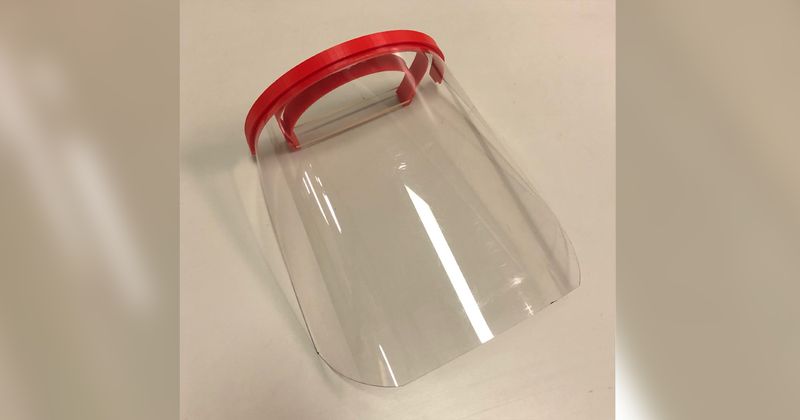Universal face shield use significantly reduces SARS-CoV-2 infections among HCP
Click Here to Manage Email Alerts
Universal use of face shields by health care personnel at a Texas hospital led to a significant reduction in SARS-CoV-2 infections, data presented at IDWeek show.
Mayar Al Mohajer, MD, MBA, FIDSA, FSHEA, an infectious disease specialist at Baylor St. Luke’s Medical Center, told Healio Primary Care that in April, his institution began requiring health care professionals (HCPs) and patients to wear masks. It simultaneously implemented surveillance testing every 2 weeks for high-risk HCP and for all patients upon admission and prior to undergoing invasive procedures.

“Around the end of June, we noticed an increase in the rate of health care personnel testing positive for COVID-19, even though we were implementing all of the basic methods to prevent it,” Al Mohajer said.

Consequently, Baylor St. Luke’s — a quaternary health care system with more than 500 beds and 8,000 HCP — added a requirement that all HCP wear face shields upon entry to the facility, he said.
“Though some health care workers felt the shields were a bit difficult to wear, and some complained of getting a headache from them, adjusting the width of the shields fixed most of these problems,” Al Mohajer said, adding the shields cost the health system a “couple of dollars each” and were constructed with a 3D printer.
The researchers found that from April 17 to July 5, before face shields were required, Baylor St. Luke’s weekly positive SARS-CoV-2 infection rates among HCP rose from 0% to 12.9%, and health care-associated infections increased from 0 to 5. From July 6 to July 26, the first few weeks after face shields were required, the positive SARS-CoV-2 infection rate dropped to 2.3%, and health care-associated infections decreased to 0.
A segmented regression model showed a change in the predicted proportion of positive cases in week 13 (22.9% to 2.7%; P < .001), as well as a change in the post-intervention slope on the log odds scale (P < .001).
“We didn't really expect that rapid decrease in infection, particularly because the number of infections in the community was still going up,” Al Mohajer said, adding that Baylor St. Luke’s continues to use the face shields.

